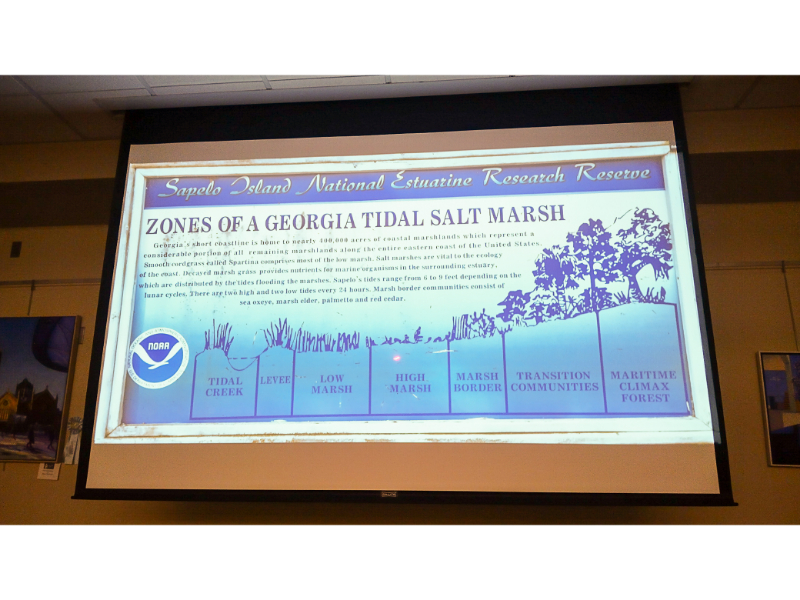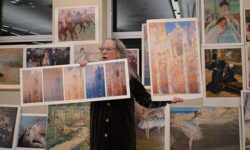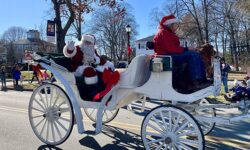by Audrey Anderson
Hometown Weekly Reporter
On 11/18, as part of the Friends of the Walpole Public Library’s (WPL) Speaker Series, photojournalist Barry Pell shared his experiences and photographs from his travels in the barrier islands of the American southeast. The program, entitled “Gullah Geeche: African Communities on the Barrier Islands of the American South,” was held at the Walpole Public Library’s Community Room. The audience was eager for information about this area of the country.
According to Pell, the current Gullah Geechee Cultural Heritage Corridor includes Wilmington, North Carolina, Myrtle Beach, Charleston, and Hilton Head, South Carolina, Savannah, Georgia, and Jacksonville and St. Augustine, Florida. It also includes over 100 islands with swamps in between.
In the 18th century, Africans from the Sierra Leone area were taken to the barrier islands to work on the rice plantations there. The Africans held as slaves were experienced in growing rice in an area in Africa that was like the barrier islands. In this area, the white’s plantation houses were built on the more hospitable mainland, and the knowledgeable Africans worked on the rice fields.
On inland cotton, tobacco, and sugar plantations, slaves worked on a “gang system.” They were supervised by an overseer and expected to work all day, from sunrise to sunset, with a couple of breaks during the day. On the plantations of the barrier islands, the slaves worked on a “task system.” Once their task for the day was completed, they were able to work on their own farms and have free time. They could make money, own property, and negotiate the length of their own bondage, being able to buy freedom.
During the Civil War, union forces occupied the barrier islands. The plantation-owning southern families left the area, leaving the slaves to themselves. After emancipation, many slaves stayed in the barrier islands. Although the slaves came from different areas and spoke different languages, they developed a common language, Gullah, that they all could understand, and which is still spoken by over 5,000 people. This language includes both English and African words. The slaves in North Carolina and South Carolina were called the Gullah, while the slaves in Georgia and Florida were called the Geechee.
Because of their isolation on the islands, the Gullah Geechee preserved many African traditions, such as music, stories, and religion, among others. The Gullah Geechee have developed relationships with Africans from their original regions. The Africans can understand the Gullah language, know some of same songs, and make the same sweetgrass baskets the people in the barrier islands do.
Museums such as the Penn Center and the King-Tisdell Cottage Museum teach about the Gullah Geechee and their traditions.






















